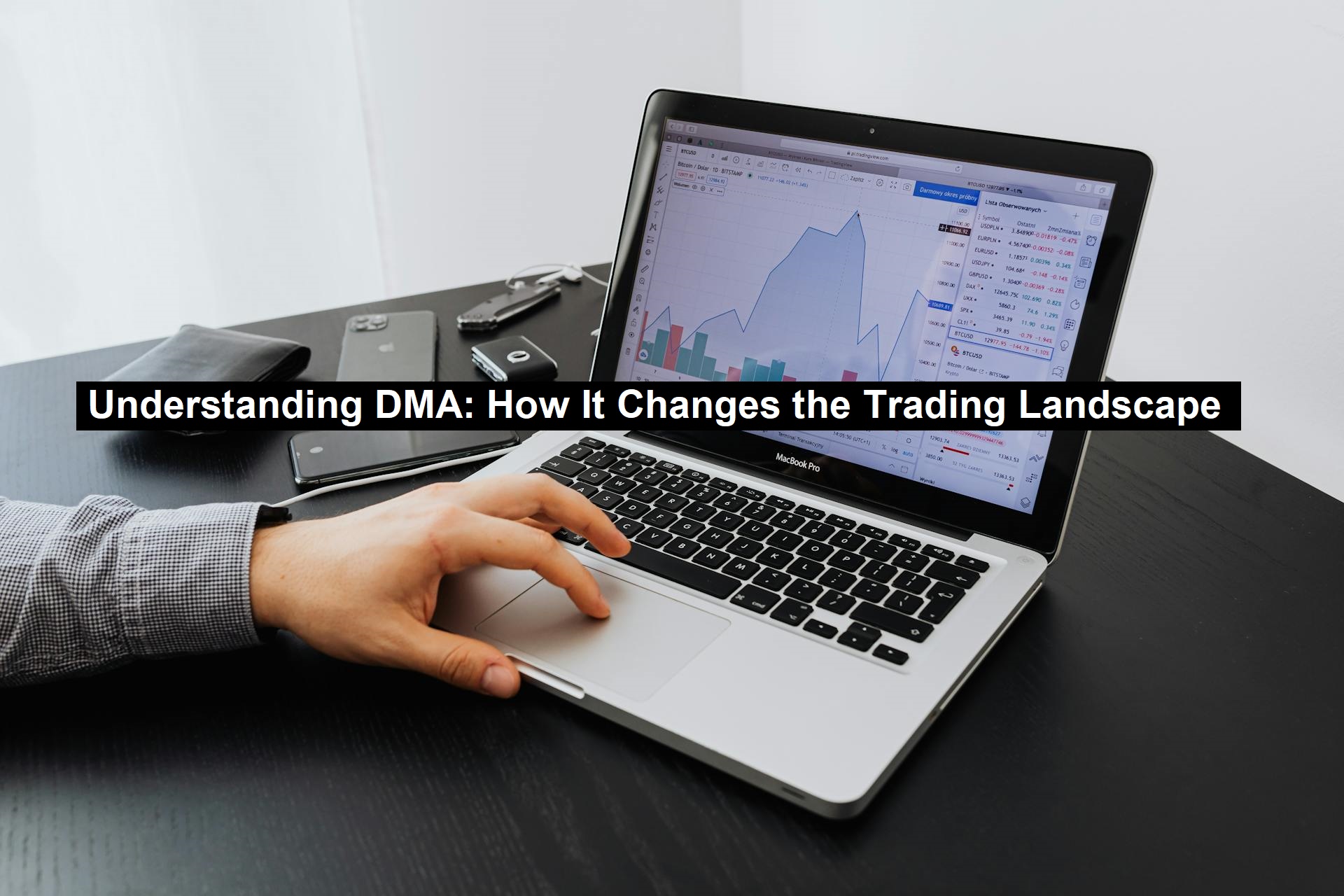Direct Market Access (DMA) has revolutionised the trading world, reshaping how financial transactions are conducted in today’s fast-paced markets. Originating from the evolution of trading technologies, DMA has become a critical tool for traders seeking to enhance their trading efficiency and effectiveness. This article explores DMA in-depth, elucidating its fundamentals, benefits, impact on trading dynamics, technical aspects, regulatory considerations, and prospects.
The Basics of DMA
Direct Market Access, often abbreviated as DMA, allows traders to execute orders directly on the exchange without the need for intermediary brokers. This system provides a more streamlined and efficient method of trading, granting users immediate access to market data and order execution. The core of DMA is its ability to connect traders directly with the market infrastructure, enabling faster and more precise trade executions.
DMA operates by integrating traders’ systems with the exchange’s infrastructure. This integration is achieved through sophisticated trading platforms and technology that bypasses traditional broker-mediated processes. Instead of placing orders through a broker, DMA enables traders to interact directly with the market’s order books. This direct interaction reduces latency, the delay between the decision to trade and the execution of the trade, and enhances the speed and accuracy of order execution. Unlike traditional trading methods that often involve delays and additional layers of communication, DMA offers a streamlined approach that capitalises on the immediate availability of market data and execution opportunities. Explore this content for more information.
Benefits of DMA
One of the most significant advantages of DMA is its impact on trade execution speed. In the financial markets, speed is crucial; even milliseconds can make a substantial difference in trading outcomes. DMA significantly reduces latency, allowing traders to execute orders almost instantaneously. This rapid execution capability is particularly beneficial for high-frequency trading strategies, where speed is essential for capturing fleeting market opportunities. By minimising delays, DMA ensures that traders can react promptly to market changes, thereby enhancing their overall trading performance.
DMA offers traders unparalleled control and flexibility over their trading strategies. Traders can customise their trading approaches, incorporating various algorithmic strategies and automated trading systems to suit their specific needs. Real-time access to market data enables traders to make informed decisions quickly, adjusting their strategies as market conditions evolve. This level of control allows traders to fine-tune their approaches, optimise their trading performance, and adapt to rapidly changing market dynamics.
Read: Measuring and Enhancing ROI Through Employee Engagement
Impact of DMA on the Trading Landscape
DMA has significantly altered market dynamics by intensifying competition among traders. The enhanced speed and efficiency provided by DMA have led to a more competitive trading environment, where traders must continuously adapt to stay ahead. This increased competition has also influenced market liquidity and volatility. DMA facilitates greater market participation, contributing to higher liquidity and potentially increased volatility as traders react more swiftly to market information.
The advent of DMA has transformed trading strategies, particularly with the rise of algorithmic and high-frequency trading. Algorithmic trading relies on complex mathematical models and algorithms to execute trades based on predefined criteria. DMA’s speed and efficiency make it an ideal platform for such strategies, enabling traders to deploy sophisticated algorithms that can process vast amounts of data and execute trades with precision. High-frequency trading, which involves executing a large number of trades in a short period, also benefits from DMA’s rapid execution capabilities, allowing traders to capitalise on small price movements and market inefficiencies.
Technical Aspects of DMA
The effectiveness of DMA relies heavily on advanced technology and infrastructure. Trading platforms play a crucial role in enabling DMA, providing traders with the necessary tools to interact directly with the market. These platforms must be equipped with high-speed data feeds, robust order management systems, and reliable connectivity to ensure seamless trading operations. Additionally, the infrastructure supporting DMA, including data centres and network connectivity, must be capable of handling high volumes of data and transactions with minimal latency.
With the increased speed and direct access offered by DMA, effective risk management and security measures are essential. Traders must implement strategies to safeguard against market risks, such as sudden price fluctuations or technical issues. Risk management tools, including stop-loss orders and position limits, can help mitigate potential losses. Additionally, data protection and cybersecurity are critical components of DMA, as traders need to ensure that their systems and data are secure from unauthorised access and cyber threats.
Conclusion
Direct Market Access has fundamentally transformed the trading landscape, offering significant benefits in terms of speed, control, and cost efficiency. Its impact on market dynamics, trading strategies, and accessibility underscores its importance in modern trading practices. As technology continues to advance and markets evolve, DMA will undoubtedly play a crucial role in shaping the future of trading. Understanding DMA and its implications is essential for traders looking to leverage its advantages and stay ahead in a competitive trading environment.



